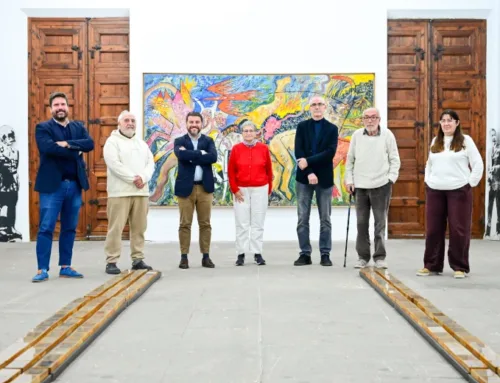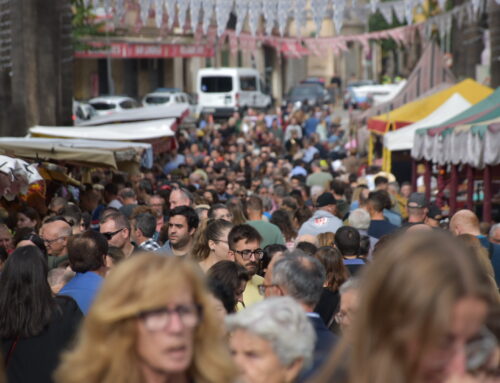On Saturday 11th November Mallorca Cathedral celebrates the Festival of Light (Vuit de la Seu), an event that only takes place twice a year: on 2nd February (2 del 2), on the feast of Candlemas, and on 11th November (11 del 11), coinciding with Saint Martin’s Day. Every year this celebration causes maximum expectation due to the unique play of light that is created in the Palma church. An explosion of colours on the interior wall of the main façade, generated by the 1,115 pieces of glass that make up the rose window.
During the Festival of Light, the major and minor rose windows of La Seu line up and form an 8 due to the entrance of sunlight into the impressive Gothic setting of the Cathedral. This chromatic projection of the monumental rose window that presides over the main altar on the inside of the main façade can be appreciated by the public. For this purpose, the Cathedral opens its doors at 7:30 am so that anyone who wishes to do so can experience the Festival of Light. Admission is free and seating is limited.
For those who cannot attend, the Cathedral of Mallorca has also broadcast this event via streaming, through the Cathedral’s website and on its official Facebook and YouTube profiles:
Why the Festival of Light
The circumstantial conjunction of a series of facts results in this singular and unique phenomenon in the context of the cathedrals of Europe. The constructive causes that make it possible are the following:
- The construction of the temple that defined its basilica plan over the pre-existing mosque between the 13th and 17th centuries.
- The dimensions of the central nave associated with the location of the main rose window, which is aligned with it and has a diameter of 11.85 metres.
- The construction of the main façade, which was built in three chronological phases (16th-17th and 19th centuries) and has two different fronts, interior and exterior. This is a decisive factor in the current location of its rose window as seen from the inner wall.
- The completion of the programme of installing stained glass in all the available windows and oculi of the cathedral, which began at the end of the 19th century. The last phase of the stained glass coincides with the adaptation to the liturgical prescriptions of the Second Vatican Council. The conditions for natural light to enter the interior of the church have been stable since 2010, when the complete restoration of the main rose window was completed.
Until approximately 9:15 am, it was possible to enjoy this explosion of colour online, thanks to the 1,115 pieces of glass that make up the main rose window of the Cathedral.

Maximum expectation at the Festa de la Llum 2023







Leave A Comment